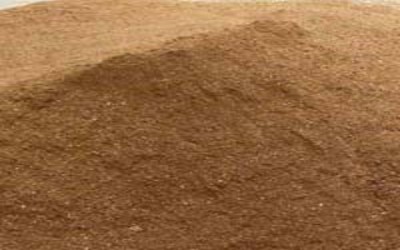
Biostimulant- Improvement of seed and increase in crop yields
Biostimulant are made up of various types of biological materials, microorganisms and compounds that can be applied directly to plants, Those who can improve the plants seeds or soil to improve a plant’s vigor, increase crop yield and relieve stress of plants. The use of biostimulants can start in the seed germination phase and continue throughout the plant’s entire life cycle.
Biostimulants work to increase the plant’s ability to absorbing nutrients so it can develop properly. when applied to soil, biostimulants improve the soil,s supplementary micro-organisms that help a plant,s roots grow and form a beneficial Symbiotic relationship. Biostimulants can promote the development of roots and distribution of nutrients by promoting soil supplement microorganisms and improving metabolic efficiency:
- Increase yield in terms of weight, seed and fruit set.
- Enhance quantity, affecting sugar content, colour and shelf life.
- Improve the efficiency of water usage.
- strengthens stress tolerance and recovery.

Benefits of biostimultants: –
1. Biostimulants help in combating the effects of enviromental stresses
- Biostimulants promote the growth of germination and root.
- There is resistance to increasing strength and more stress.
- An enhanced root system promotes more efficient nutrients, elevation and water uptake and translocation throughout the growing season.
2. Biostimulants encourage plant growth.
Promoting growth and improvement plant’s metabolism can benefit in overall plant growth and health. Apart from this, providing a catalyst at specific developmental phases can lead to increased yield, improved uniformity and quality of the overall crop.
3. Biostimulants encourage the growth of plants.
- Biostimants usually work through different mechanisms compared to standard fertilizers.
- Encouraging plant growth, provide essential nutrients for plant metabolism.
- These metabolism pathways upregulate gene expression, which influence cell division and sizing, root, shoot growth, reproduction development and timing.






